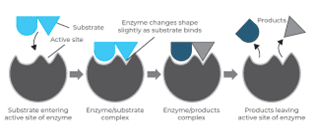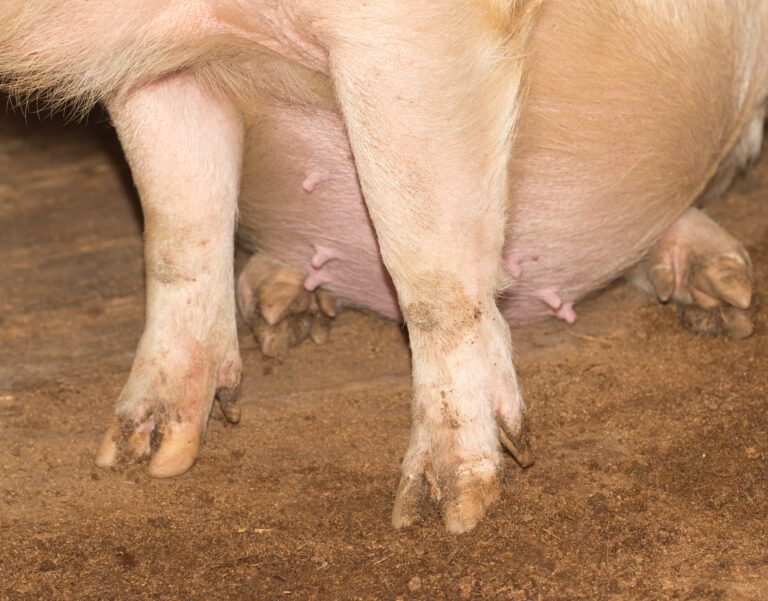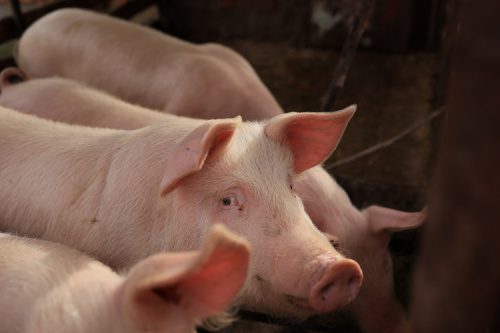Common Mistakes in Enzyme Use and Practical Tips to Avoid Them
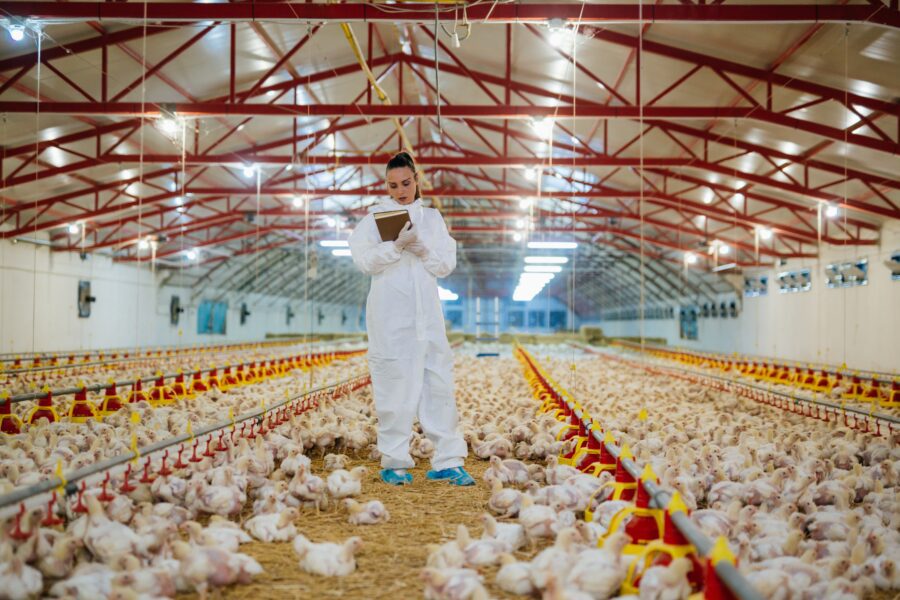
In today’s cost-conscious, performance-driven poultry production systems, feed enzymes are indispensable. They’re used to unlock more nutrients from ingredients, improve digestibility, and support gut health, all while managing feed costs.
Enzyme strategies are most successful when matched precisely to diet, processing, and performance objectives. Nutritionists across the globe continue to face common, but avoidable, mistakes in how enzymes are selected, formulated, and implemented. These pitfalls can compromise bird performance and erode expected feed cost savings.
Here’s a closer look at the top errors nutritionists make when using enzymes in poultry nutrition, and expert strategies to avoid them.
- Overlooking Substrate Specificity
Not all enzymes work on all substrates. For example, phytase targets phytic acid, while xylanase breaks down arabinoxylans found in wheat and barley. Using the wrong enzyme for the diet’s ingredient profile yields little to no impact.
Practical Tip: Understand the substrate content of your raw material and select enzymes based on the specific non-starch polysaccharides, phytic acid, or proteins present. Matching the right enzyme to the right substrate ensures optimal nutrient release.
- Relying on Overestimated Matrix Values
Matrix values are essential in reformulating diets to reflect the nutrients released by enzyme action. But overestimating these values can underfeed birds, especially in phosphorus, energy, and amino acids leading to reduced gain and compromised feed efficiency.
Practical Tip: Use repeatable and tested matrix values backed by in vitro and in vivo validation and field performance. Revisit assumptions regularly to ensure accuracy based on the current feed ingredient quality and production goals.
- Incorrect Enzyme Dosage
Using too little enzyme limits efficacy. Using too much doesn’t always deliver additional benefits and can increase feed cost unnecessarily or disrupt nutrient balances.
Practical Tip: Follow inclusion guidelines and adjust dosage in response to diet formulation, regional ingredient profiles, and measured performance outcomes. Proper dosing supports consistent results without over-formulation.
- Assuming Enzyme Stability Alone Predicts Efficacy
A common misconception is that enzyme recovery after pelleting determines whether an enzyme will work in vivo. But this oversimplifies how enzyme technologies function inside the bird.
Practical Tip: Don’t rely solely on post-pellet recovery metrics to evaluate efficacy. For example, some protease solutions are intrinsically heat stable and include spore-forming bacteria, such as Bacillus licheniformis, which germinate in the bird’s gut. This dual-action mode enables protease delivery and probiotic support, even after exposure to feed mill temperatures. Enzyme success is best measured through bird performance—not just enzyme recovery assays.
- Disregarding Gut Health Interactions
Certain enzymes, such as those that degrade non-starch polysaccharides (NSPs) and undigestible proteins help reduce intestinal viscosity and support nutrient absorption. However, when enzymes are used in isolation without accounting for the broader gut health program, their full benefits may not be realized.
Practical Tip: Integrate enzyme use with other nutritional strategies like trace minerals, organic acids, phytogenics, and pre/probiotics to support gut health holistically. When thoughtfully formulated, these additives typically work synergistically enhancing digestion, microbial balance, and nutrient absorption. Synergistic nutrient programs often outperform single interventions.
- Neglecting to Reformulate Diets
If enzymes are unlocking more nutrients from the feed, those contributions should be reflected in the formulation. Failing to do so means you’re not taking advantage of cost savings or oversupplying nutrients that could affect performance.
Practical Tip: Reformulate diets using appropriate matrix values once enzyme inclusion is finalized. Ensure consistency between formulation, production, and nutrient delivery to birds.
- Inconsistent Enzyme Inclusion at the Feed Mill
Variability in enzyme dosing, mixing, or exposure to extreme processing conditions can cause inconsistent enzyme delivery. This leads to inconsistent flock results and complicates troubleshooting efforts.
Practical Tip: Work closely with feed mill operators to standardize enzyme application and monitor for consistency across batches. Use premix strategies or quality control tools to verify uniform distribution.
- Expecting Enzymes to Compensate for Poor Ingredient Quality
Enzymes enhance digestibility and nutrient utilization, but they cannot correct for ingredients that are contaminated with adulterants, mold, fungi, or that are severely deficient in essential nutrients.
Practical Tip: Use enzymes to extract more value from good to moderate quality ingredients, including alternative or variable raw materials. Enzymes can support the use of less traditional feedstuffs by improving nutrient release, but they work best when paired with a sound nutritional foundation and quality assurance processes.
Smart Enzyme use Starts with Intelligent Nutrition
Avoiding common enzyme pitfalls ensures your flock and your bottom line gets the full value from enzyme inclusion.
When you need serious solutions to real-world challenges, CIBENZA® Enzyme Feed Additives deliver results. NOVUS takes intelligent digestibility to the next level, making it possible to overcome diet challenges and push your animals to reach their full genetic potential.
See how professional-grade enzymes can help achieve serious results at novusint.com/enzymes
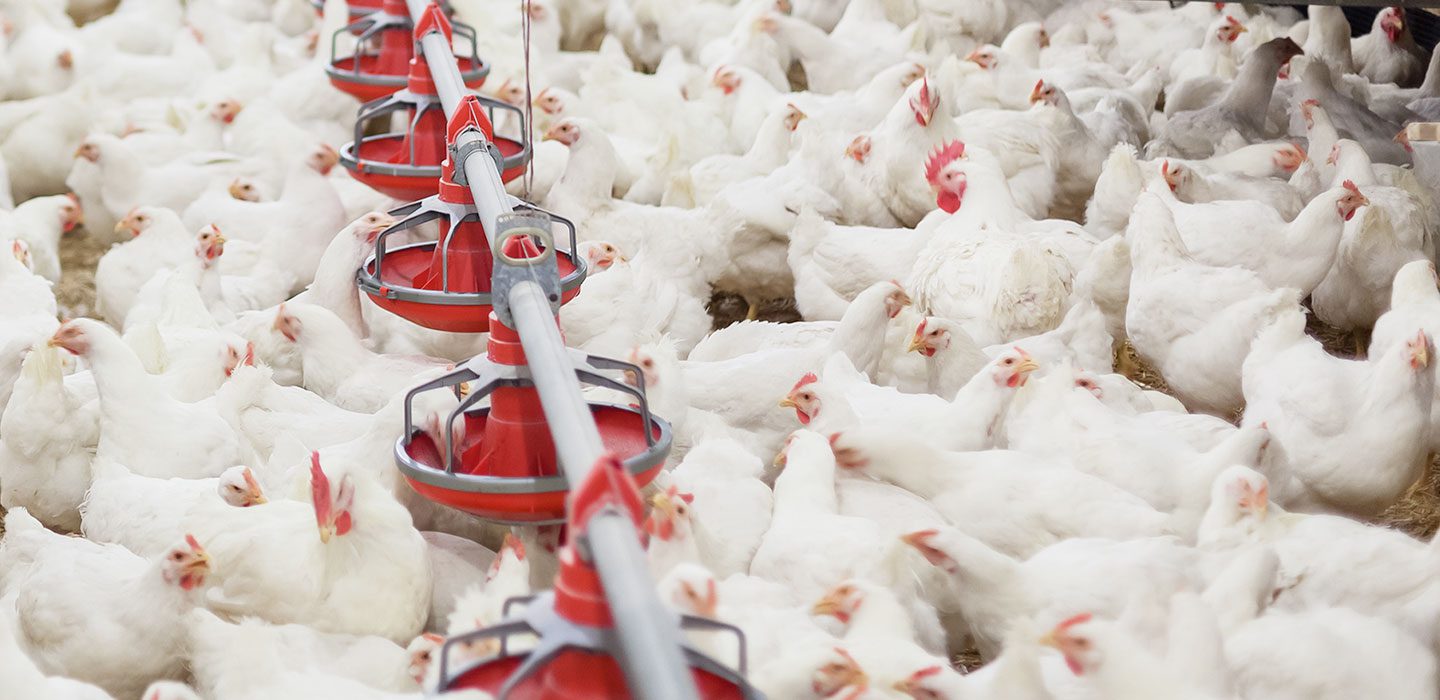
Intelligent Nutrition for Your Business
More science. More insight. More inspiration. More ways for you to feed the world.

